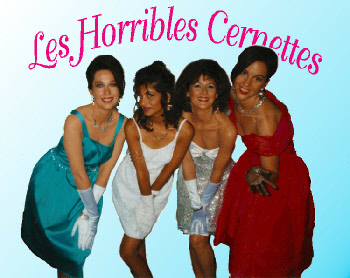Online Art Galleries

Ever since “Les Horribles Cernettes” featured on Tim Berners-Lee’s upgraded World-Wide-Web software, photographs have been circling the globe at light speed. Admittedly, those first attempts, limited by available hardware, software and infrastructure, were slow, small and often lacking in detail.
As we have moved into the Twenty-First Century, we have seen a massive rise in communication speeds, and it is now second-nature to a lot of us to transfer pictures, and even albums, around the World, and our screens are much higher quality.
In this ever more connected world, we have seen a rise in online shops touting their wares, with beautiful displays of their goods. But does this translate well into the World of Art?
Can glancing through web-pages containing photographs of artworks ever really come close to physically seeing them? Are our cameras and screens really good enough to convey the nuances of the pieces well enough?
Even if you answer “No” to these questions, it cannot be denied that online art galleries can serve a purpose: to give people enough information, in the comfort of their own home, to go out and visit a Physical Gallery. Browsing the Internet for Art Events, even if we cannot fully experience the Art, can allow us to assess which Events we would like to attend, and bring us a much wider range of Events than we would previously have known about. Artists and Hosts can publicise their Galleries and Events much easier and cheaper, while targeting their audience better.
It seems that people are willing to buy many things online, which previously would have demanded to be checked in-person. Clothes, even shoes, are bought unseen and unworn. Fresh fruit and veg; wallpaper; jewellery, including rings; hats and even cars are bought and sold via web sites. Can this also work for paintings and sculptures?
There are two sides to consider; can the artist express their vision, and can the audience judge the work.
To answer this, it very much depends upon the medium of the art. High-definition screens, and the ability to quickly (almost instantaneously) transfer the pictures to them from around the world means that it is very easy to get an accurate reproduction of many forms. Three dimensional objects may be turned and twisted on a computer screen, to view from any angle, often more than the original can be, for reason of weight, location and fragility. While a photograph (or .jpg image) will never be the original, it can easily be enough to decide whether one would like to buy a print of it, and often convey enough information to decide upon an original piece. Some media are much more difficult, with the Internet unable to transfer texture, smell or taste.
Music can be almost perfectly reproduced, and even altered to give the impression of certain surroundings, with graphical equalizers able to simulate concert halls, cathedrals or more intimate venues. The rise in sales of “home theatre” speaker systems is testament to the quality of the equipment now available.
There are a sizable, and often vocal, amount of people who say that the digital representations can never rival the ‘real’ experience, and while that may be true of, say, a concert, or an original oil painting, it is often enough, along with a plethora of opinions, reviews and explanations (of which the viewer may read as many or few as they choose), for people to decide for themselves if a piece is right for them.
As always, you will have to make your own choice about Online Galleries. Love them or hate them, they are here to stay.